St Martin’s really did once stand in the fields, just as nearby Haymarket was a market selling hay. But the church has moved with the times. In 1924 it hosted the first ever religious service to be broadcast live. You might have expected Westminster Abbey or St Paul’s to get the nod, but neither wanted it — many in the religious establishment thought it would be wrong to transmit divine worship over the airwaves, as people might listen in pubs. Dick Sheppard, St Martin’s vicar at the time, was delighted to receive a letter saying that people in one south London pub had tuned in. Not only had they sung hymns for the first time since childhood, they’d discussed his sermon over their beer.
Sheppard also got the better of George Bernard Shaw. He asked the playwright if he would contribute an article for the St Martin’s Review. Shaw responded that he wouldn’t write for a ‘silly parish magazine’. When Sheppard said he’d publish the response without comment, Shaw supplied a proper article within days.
The saint who gave the church its name was the third bishop of Tours. One day, approaching the gates of Amiens on a cold winter’s day, Martin saw a beggar wearing very few clothes. Cutting his cloak in two, he gave half to the man. Martin is now the patron saint of beggars, and the church is known for its work with the homeless. Dick Sheppard labelled it the ‘Church of the Ever Open Door’. In the 1920s, when the church let the homeless sleep in its crypt every night, a warden explained why they never judged anyone a scrounger until they’d fed them: ‘You can’t expect to hear the truth on an empty stomach.’
The church also has longstanding links with the peace movement. They can’t have been very happy when, in 1914, a bomb was planted in one of the pews, supposedly by the suffragettes. It destroyed a window dedicated to W.H. Smith (yes, that W.H. Smith). Since 2008 the church’s eastern window has been warped, a deliberate installation by the artist Shirazeh Houshiary, who says her work symbolises the fact that ‘everything is in a state of erosion’. My favourite reminder of that comes down in the crypt, which is now a café, where you can read the gravestones at your feet. One runs: ‘Remember, Man as thou goest by/ As thou are Now, so Once was I/ As I am Now, so must thou be/ Prepare thyself to follow Me.’
In 1871 St Martin’s was the venue for the wedding of the tallest married couple ever — she was 7ft 11in, he was 7ft 7in, the vicar was a diminutive 6ft 3in. More recently the church has become famous for its memorial services. In 2001 it was Douglas Adams’s turn, his friend Richard Dawkins reminding everyone how proud Adams had been that ‘I was born in Cambridge in 1952 and my initials are DNA’. The next year came Spike Milligan’s. The comedian had once told Harry Secombe: ‘I hope you die before me because I don’t want you singing at my funeral.’ Secombe did die first — but his son brought the St Martin’s house down by playing a recording of his father singing ‘Guide Me, O Thou Great Redeemer’.
Got something to add? Join the discussion and comment below.
Get 10 issues for just $10
Subscribe to The Spectator Australia today for the next 10 magazine issues, plus full online access, for just $10.
You might disagree with half of it, but you’ll enjoy reading all of it. Try your first month for free, then just $2 a week for the remainder of your first year.

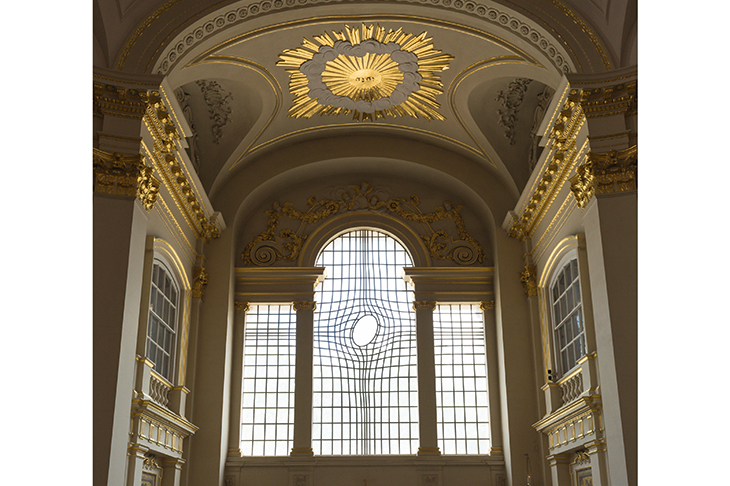


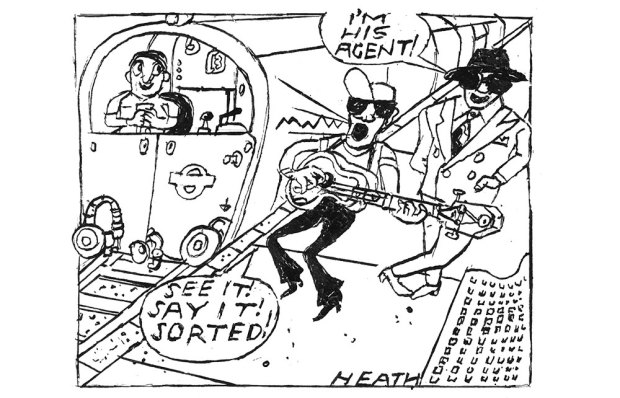
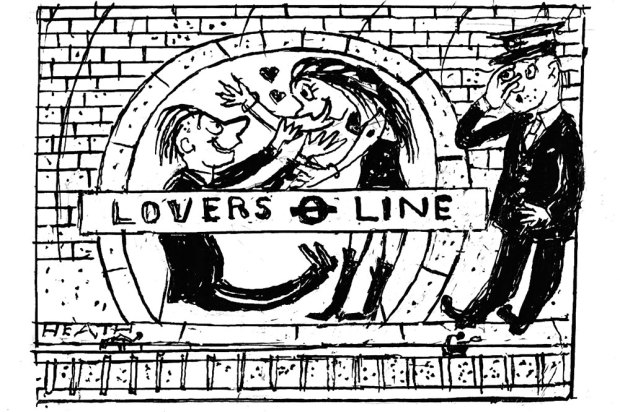
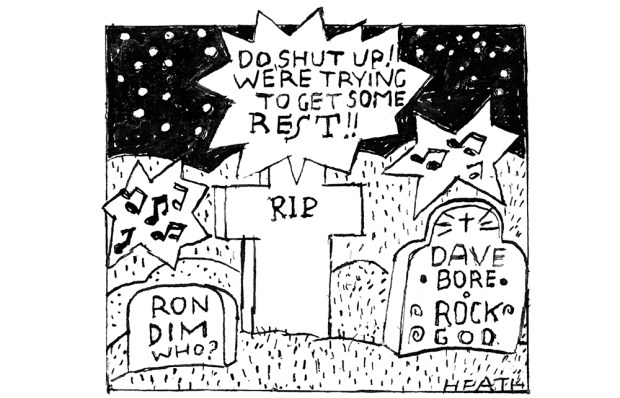
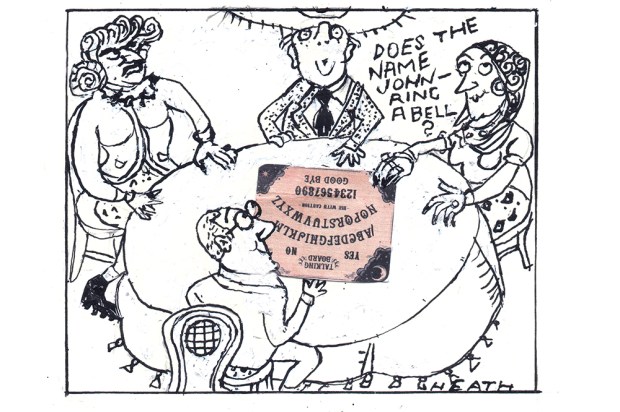






Comments
Don't miss out
Join the conversation with other Spectator Australia readers. Subscribe to leave a comment.
SUBSCRIBEAlready a subscriber? Log in